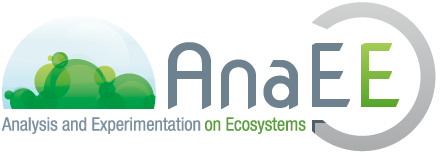Open-air Platform
Parent institution: Università di Bologna, Padova, Perugia, Pisa, Politecnica delle Marche, Torino; CREA; Università di Firenze, Sassari and Udine
Active since 1962
Active through all year round
Fields of study
- Environmental sciences, Pollution
- Soil science
Contact Information
Grignani, Carlo
email: carlo.grignani@unito.it

